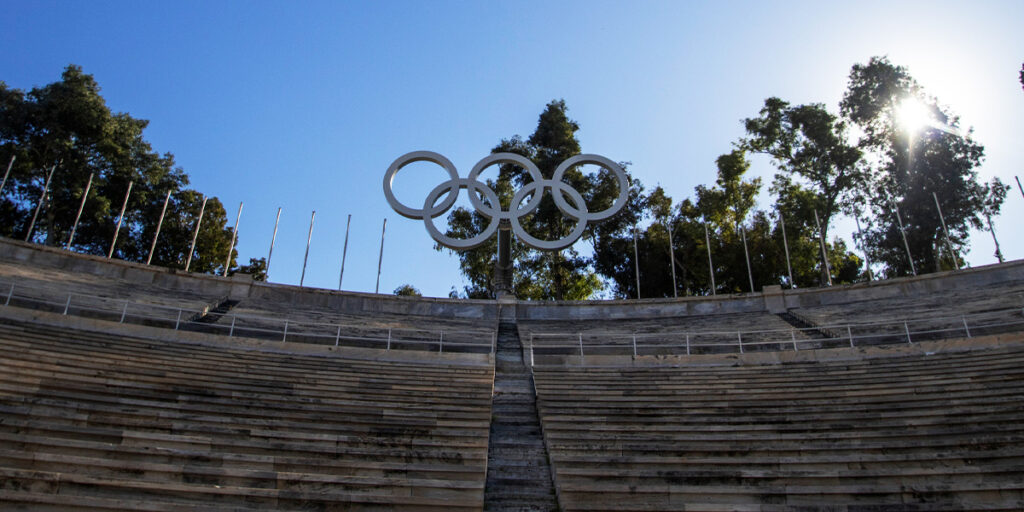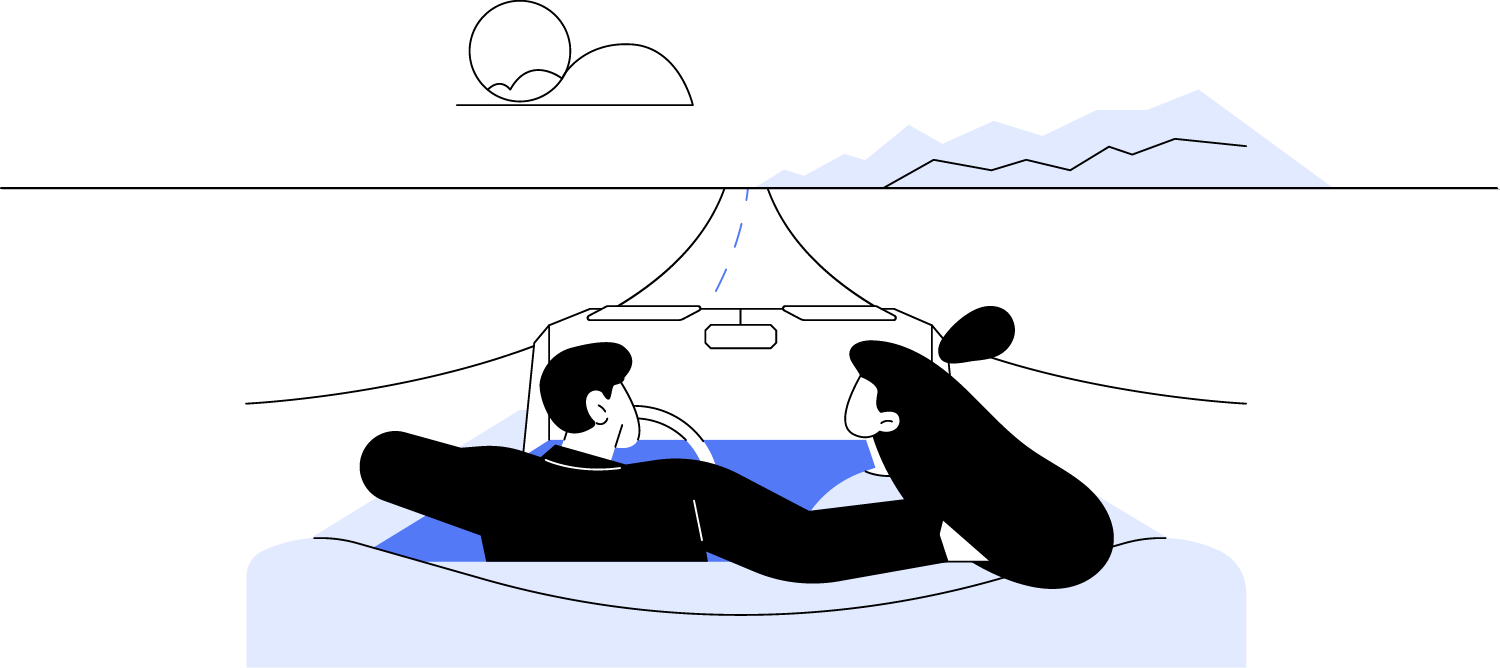Volatility is at multi-year lows. So far in 2017, there have only been 4 trading sessions that experienced a 1% move. It has been a very tight range. We think that’s about to change. The DOW keeps hitting fresh new highs, reaching 22,000 for the first time this week. It has been 9 consecutive record closes for the price-weighted index of 30. You know what’s not at new highs? The S&P 500, which consists of the 500 largest US companies and is a cap weighted index. That is the US Stock Market, and it has been trading sideways for a couple of weeks, very near all-time highs. It just hasn’t broken out to the upside, which suggests a potential stall. Small Caps have already stalled. The Small Cap Russell 2,000 is actually down 3% in 2 weeks. It’s telling a different story about the health of the overall Market. It has us moving towards playing defense.
Defensive Strategies
The first thing we do is trim or sell positions that we believe are overbought and vulnerable to a selloff. We raise cash to help insulate portfolios from declines. The next step is to put on some portfolio hedges that will provide even more insulation, and in some cases, will go up when the Market goes down. Option strategies are one of our preferred methods of providing protection. Options can be very risky and speculative, but that’s not the way we use them in general. We primarily use options as a defense mechanism. Our goal with option trades is to enhance returns while simultaneously reducing risk.
As a reminder, an option is a derivative whose value is derived from an underlying security, commonly a stock. Options are contracts, between a buyer and a seller, which give the buyer the right to either buy or sell a particular security at a specified price on or before a specified date. Puts and Calls are the most common forms of options. A call option allows the buyer to purchase a security. A put option allows the buyer to sell a security. Options expire on the 3rd Friday of every month. They trade daily.
Covered Calls
A CALL option is considered “covered” when you already own the stock. Covered Calls are a great strategy to generate additional income off a stock that has increased in value and might be due for a breather. We normally sell “out of the money” calls, which means a price above where the stock is currently trading. An example is selling an October Apple $165 call when the stock is at $155. You might get $1.50 in cash for this call. In this scenario, if Apple’s stock went above $165 between now and mid October, it could be called away. The seller has capped their upside on Apple for the next couple of months. But with the stock already up nearly 40% on the year, it seems like a reasonable assumption that the stock might be due for a breather. If it stays below $165, the seller keeps the cash and the stock. The Call seller took in $1.50 in cash up front, which provides immediate downside protection to $153.50. Another way to look at it is the Call seller just increased Apple’s dividend by 60%. That’s a big raise! For a longterm investor, covered calls are a great way to enhance returns while simultaneously reducing their risk. And for investors, that’s the name of the game.
Buying Puts = Insurance
Most of the time, we sell options in our portfolios. But when we look for ultimate protection, we will buy a PUT. We consider buying a PUT to provide protection against a Market decline. A PUT is like an insurance policy. With The DOW and S&P at or near all-time highs, a PUT can provide the opportunity to lock-in the gains. PUTS are generally cheap when volatility is low and stocks have performed nicely. It’s the same thing with insurance policies; premiums are naturally cheaper when the house is in good shape and the driver’s safety record is flawless. However, the cost of insurance skyrockets when the house is on fire or after a car wreck. In that vein, the value of a PUT spikes in price during a selloff, so the time to buy them as an insurance policy is before there’s a problem. If you buy a PUT when the DOW is at 22K, you have locked in your sale price at all-time highs and have protection against a Market decline.
It has been a completely wild, eventful and bizarre year. There’s quite a bit more to go. Our feeling now is the risk/reward balance has shifted and it has us wanting some insurance. It feels overbought at current levels with valuations getting a little stretched and people that sold around the election have been chasing a bit. DOW 22K is a big round number that was destined to happen but we think it will prove to be a near-term top. The time is ripe for a good shakeout before the uptrend resumes. That has us switching out our long-term investor hats with our short-term defensive helmets.
Have a nice weekend. We’ll be back, dark and early on Monday.
Mike







